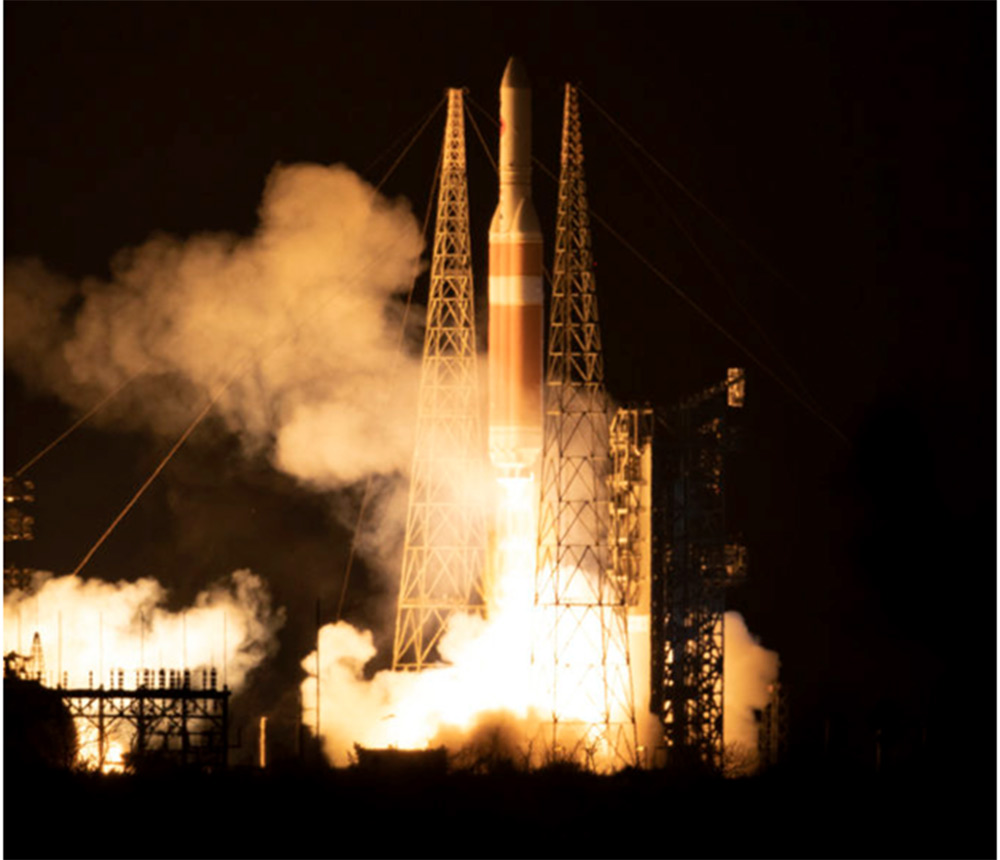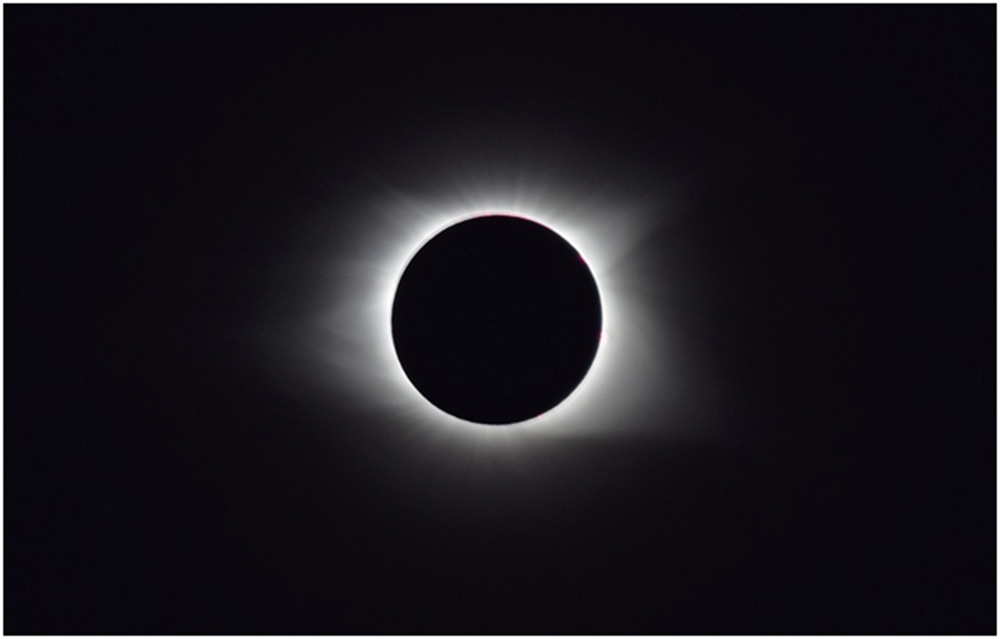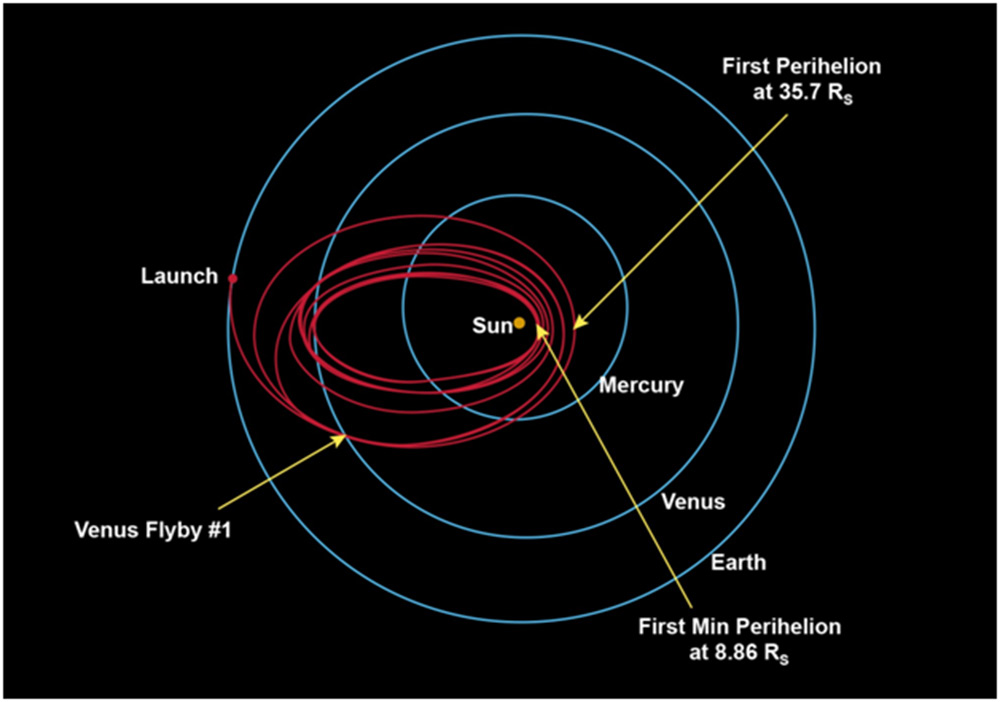August 16, 2018
After years of brainstorming, and a minor delay on the day of the launch, NASA has finally sent off the Parker Solar Probe on its mission to ‘touch the sun’. Named after Eugene Parker, the developer of supersonic solar wind theory, this robotic spacecraft will reach the corona (the outermost and also the hottest atmosphericsp here of the sun) in seven years, going seven times closer to the sun’s surface than any other spacecraft has ever gone before. Upon reaching its destination, the spacecraft will orbit the sun with a speed of nearly equal to that of Sun’s rotation, which also makes it the fastest machine humans have ever invented.
 Source: blogs.nasa.gov
Source: blogs.nasa.gov
Parker Solar Probe Missions
The probe has been built thanks to huge investments of $1.5 billion. Furthermore, it took three rockets to build the speed needed to take the probe out of the gravitational pull of the Earth. All these investments were crucial considering the missions of the probe.
Scientists understand how unpredictable the Sun and its plasma outbursts are. The radiating fusion energy combined with the Sun’s magnetic field in greater magnitude can be very harmful to our satellites, astronauts, and even the power grids on Earth. Though scientists already have techniques to predict such outbursts, they are less reliable because of the counter intuitive nature of the Corona.
Corona is a strange atmospheric layer of the sun which, despite being farther away from the star’s core where the fusion reactions take place, is three hundred times hotter than the photosp here. The Photosp here is the lowest and the brightest layer of the sun’s atmosphere with the temperature reaching up to 1,370 degrees C. We can also see the Corona when a solar eclipse occurs, when the photosp here’s energy finally gets low enough for human eyes to witness this rarefied gaseous envelope.

The extreme temperature of the Corona enables solar particles attached by the magnetic field of the Sun to escape the star’s gravity, resulting in the accelerated streams of Plasma outbursts, NASA scientists are trying to predict with more accuracy by studying the data that the probe will send.
So to be more precise, the probe’s mission can be segregated into three parts to understand the counter intuitive environment of Corona, to get more understanding over the phenomenon of solar wind’s supersonic speed, and to provide data to predict the erratic plasma and magnetic outbursts from the Sun.
How is Parker Solar Probe protected against the extreme heat?
A lot of the phenomena that the probe will gather the data about involves dealing with the extremely high temperature of the Corona. Therefore, it was one of the primary objectives of the mission to protect the spacecraft from melting.
For this purpose, scientists have created a unique Thermal Protection System, or TPS, that shields the spacecraft and its devices with an eleven-centimetrethick piece of carbon foam. The carbon foam itself is sandwiched between panels of the super-heated carbon-carbon composite. The shield has been tested to withstand temperature as high as that of the corona.
For additional cooling of the system, conventional coolant, pressurised water too, has been installed, which along with the other devices will be powered with the solar panel installed on the spacecraft.

To explain the system, project scientist Nicola Fox uses the analogy of oven. He says, “Think of putting your oven on and you set it at 400 degrees, and you can put your hand inside your oven and you won’t get burned unless you actually touch a surface.”
Source: space.com
Credit: NASA/Johns Hopkins APL
In a corresponding blog post, NASA threw more light onto the topic, stating that, “During its mission to ‘touch’ the Sun, Parker Solar Probe will use gravity assists from Venus seven times over nearly seven years to gradually bring its orbit closer to the Sun. It will fly directly through the Sun’s atmosphere, as close as 3.8 million miles from its surface, closer to the surface than any spacecraft before it. The spacecraft will hurtle around the Sun at speeds up to 430,000 miles per hour. That’s 15 times faster than a speeding bullet.”
Resources:
https://en.wikipedia.org/wiki/Parker_Solar_Probe
https://www.space.com/41398-how-hot-is-sun-corona.html




